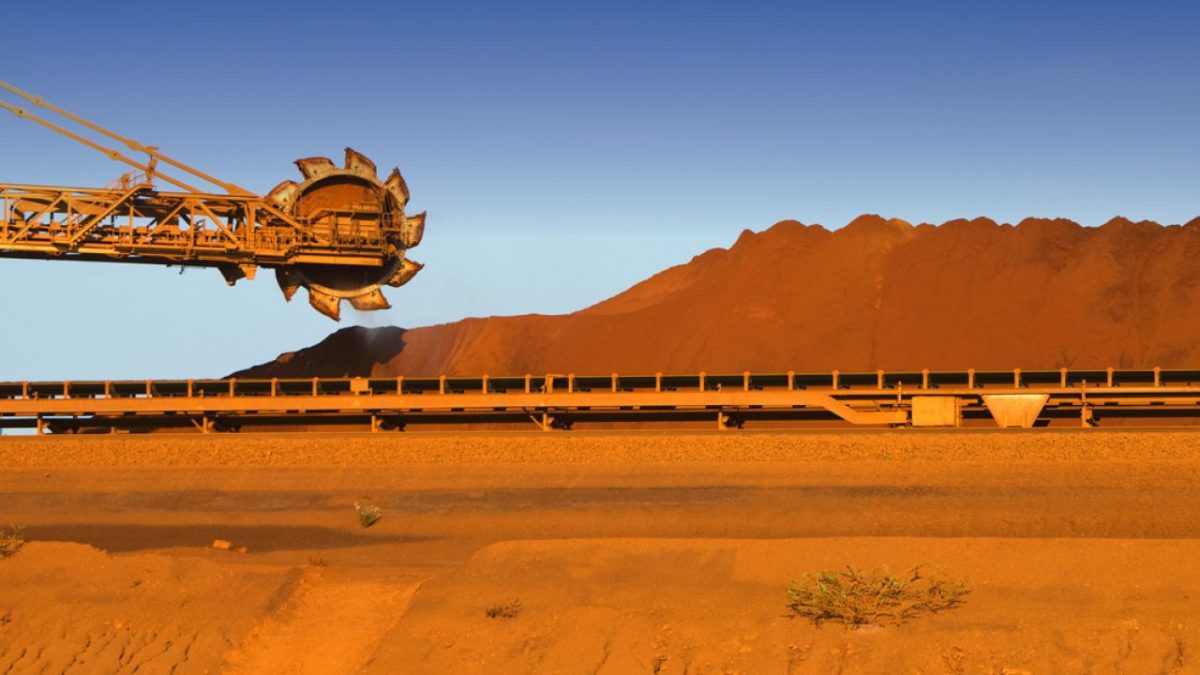Big miners dig deep for dividends
With dividends at risk in many companies, a surprising sector is emerging as a payout powerhouse – mining.
It used to be a truism that the cyclicality of the mining industry worked against dividends, as did the need for large capital spending and reinvestment in mine expansion and exploration. But the strong cashflows of some of the mining firms is throwing off some big dividend flows.
It helps that the global mining giants BHP and Rio Tinto have become more realistic about dividends: where they once both tried to operate a “progressive dividend” policy, which guaranteed that dividends never fell, both have committed to at least a 50 per cent payout ratio of underlying earnings over the longer term, with the possibility of extra amounts depending on circumstances at the time.
And haven’t shareholders enjoyed those “circumstances.”
Take Rio Tinto. For calendar year 2019, a final ordinary dividend of US$2.31 a per share took the total declared dividend for 2019 of $7.2 billion or US$4.43 a share, on a 70% payout ratio. That compared to US$3.07 a share in 2018.
For 2020, analysts’ consensus presently has Rio Tinto paying a full-year dividend of US$3.39 a share, which at a share price of $90.62 and current exchange rates, according to FN Arena, equates to a dividend yield in A$ of 5.8%, fully franked.
That would represent a grossed-up yield of almost 8.3%.
In February, BHP announced a record interim dividend, of US65 cents, topping the previous record of US62 cents paid in February 2015. But this was actually less than analysts expected: market consensus was about US71 cents, under BHP’s policy that at least half of underlying earnings must be returned to shareholders every six months. BHP tacitly acknowledged that it would have paid more, saying in its dividend announcement that it had taken a cautious approach to its dividend with the coronavirus and geopolitical instability in mind.
That has analysts looking, on FN Arena’s consensus, for a full-year (June 30) dividend of US$1.133 from BHP, which translates at a share price of $33.07 and current exchange rates to a fully franked yield of 5.3%, or about 7.6%, grossed-up. The interim dividend of 99.4 Australian cents has already been paid.
Fortescue Metal Group’s policy is to pay out between 50%-80% of full-year earnings. FMG has declared this to be sustainable, even as it enters a phase of big spending on growth. The interim dividend of 76 Australian cents has already been paid: with Fortescue’s swelling cash flows, analysts’ consensus expects a total of US$1.24 to be paid for the full-year (June 30), implying a final dividend of about A$1.16. The consensus estimate puts FMG, at a share price of $13.30, on a prospective FY20 yield of 14.4%, fully franked – for an eye-watering grossed-up yield of 20.6%.
Even if we stress-test this a bit, and say that we only expect the final to match the interim, investors would still be looking at A$1.52, which would imply a fully franked yield of 11.4% – or 16.3% grossed-up.
What the hell, let’s stress-test it all the way to assuming no final dividend: at $13.30, FMG would still pay a fully franked yield of 5.7% for FY20, or 8.2% grossed-up.
In this context, iron ore prices, and Fortescue’s cost of production, are the crucial metrics, along with the A$/US$ exchange rate. Iron ore prices have been surprisingly strong, driven by continuing curtailments in Brazilian supply.
Brazil’s iron ore exports have been struggling since the tailings dam collapse in January 2020 at the Brumadinho mine killed 257 people, which led to Vale being ordered to close several mines until they were inspected and cleared to resume operations.
Production in Brazil is still not back to full freight, as heavy rain and Covid-19 shutdowns and disruptions have added to the Brazilians’ regulatory worries. Vale’s iron ore production in the March quarter was 59.6 million tonnes of iron ore fines, well down on the target of 63 million-68 million tonnes – a target that was lowered in February from the original range of 68 million-73 million tonnes.
This shortfall has pushed iron ore prices back above US$90 a tonne – and with Fortescue’s cash production costs coming down to $US12.73 a wet metric tonne for the December 2019 half-year, you can see where the dividend largesse is coming from.









